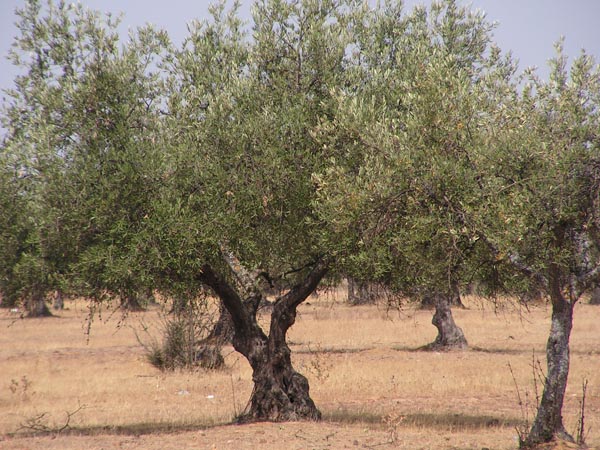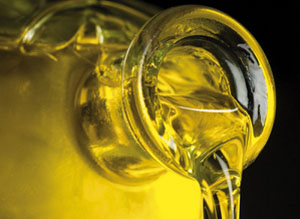
Spanish olive oil is among the best in the world and it's production is exported to all continents. Spain has over 30 olive oil D.O. (designation of origin). If you ever go to Spain you will have the chance to taste the best olive oils that it can offer.

Olive trees were not unknown in the Iberian Peninsula, but olives were not greatly cultivated until the Romans invaded Hispania in 212 B.C., led by Publius Cornelius Scipio Africanus. The locals accepted the new customs brought by the Romans without great rejection. Infrastructure was built and new techonology was imported and put to work, trade grew and prospered and Hispania bloomed
Most of the agriculture was centered in Guadalquivir, Andalusia, in order to supply Rome with wine, oil and cereals and the cultivation of olive trees became widespread throughout the region. The production of Spanish olive oil, taught by the Romans who had more or less strict methods to assure quality.
The olive trees were planted along the left side of the river Beatis' (today Guadalquivir) bank, as it's lands were rockier, which according to Pliny the Elder are great for this kind of tree. It was advised that the distance between each tree should be no less than 17,60 meters, which actually helped the farmer in times of draught, as they had room to plant cereals as well between the trees.
The olive harvest should take place when the olive was ripe, as it was a method of getting a better quality oil, and better to the sight. We must not forget that the oil back in those times is very different from those we know today; their methods would not achieve a clear olive oil, but it was murky and sometimes green, sometimes yellow or golden color.

The olives had to be milled on the same day as recollection (or so it was advised). The oil would be cleansed pouring the oil from one pitcher to another, and letting it rest for a while in between.
Spanish olive oil became so famous in the Roman empire that the Emperor from Sevilla, Hadrian, adopted the olive branch as a symbol and banner of Hispanic Rome. In 257 Hispania ceased to be a Roman colony and it became part of the Frankish territories instead. From that year Rome's supply of olive oil came from Africa instead, and in 476 a.d. the Roman Empire fell and Europe would enter the middle ages.
During Al-Andalus period in Spain (Muslim occupation), the cultivation techiniques were improved by the use of ditches and irrigation systems and other olive varieties were introduced. During the 11th and 12th century the olive tree expansion and geographical distribution of Spanish olive oil production was more or less what it is today. The biggest density of olive trees are in Andalusia; mainly Jaen, Cordoba and Sevilla. However not all olives and olive oil was produced in the South of Spain; in the region of Aragon there are also magnificent olive tree plantations.
If you want to know more about olive oil in Spain visit our Spanish Olive Oil page.